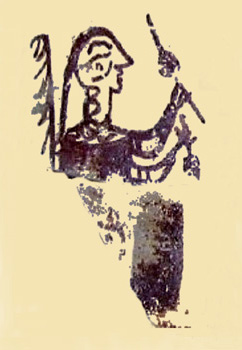Textiles and rituality in Iberian Culture
Keywords:
gender archaeology Abstract
Abstract
The aim of this article is to examine archaeological finds related to textile production in the Iberian Culture, particularly between the fifth and third centuries BC. We focus especially on ritual activities and consider both their presence in Iberian funerary contexts and sanctuaries and their links to activities carried out by women. We also highlight the presence and strong symbolic implications of objects related to the world of yarn making and weaving. On the one hand, the presence of these objects reveals the distinct intention of representing productive activities which, as in other Mediterranean contexts, are intimately linked to the female gender. On the other hand, and through certain images and the prominence of grave goods, these objects also envisage ideas about status, as they always appear associated with women of the aristocracy. As well as gender and social hierarchy, these symbols also represent a high level of skill in the practice of certain activities, which only a few women – all members of the most privileged groups – would be qualified to perform.
 Downloads
Downloads
Downloads
Published
How to Cite
-
Abstract417
-
PDF340
Issue
Section
License

This work is licensed under a licencia de Creative Commons Reconocimiento-NoComercial-SinObraDerivada 4.0 Internacional.



